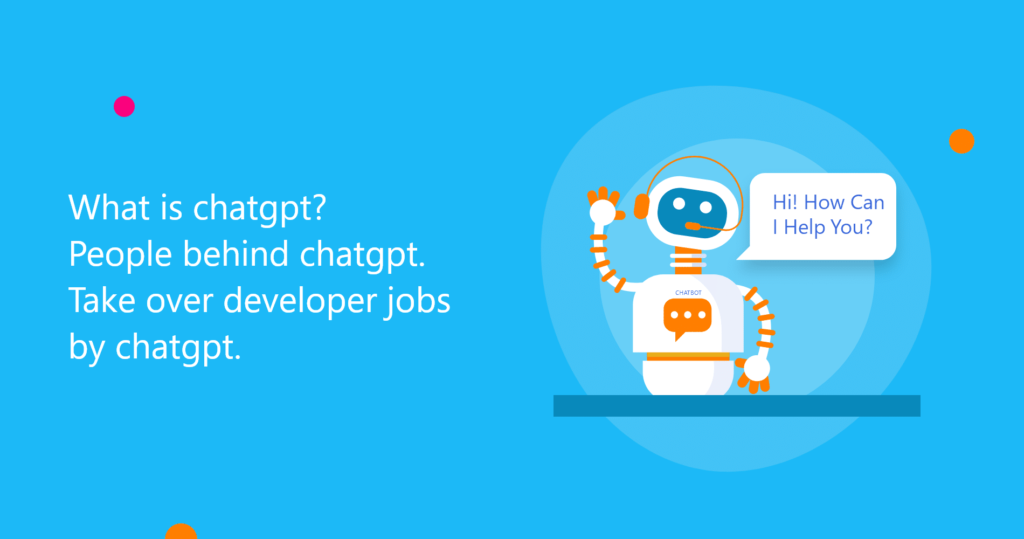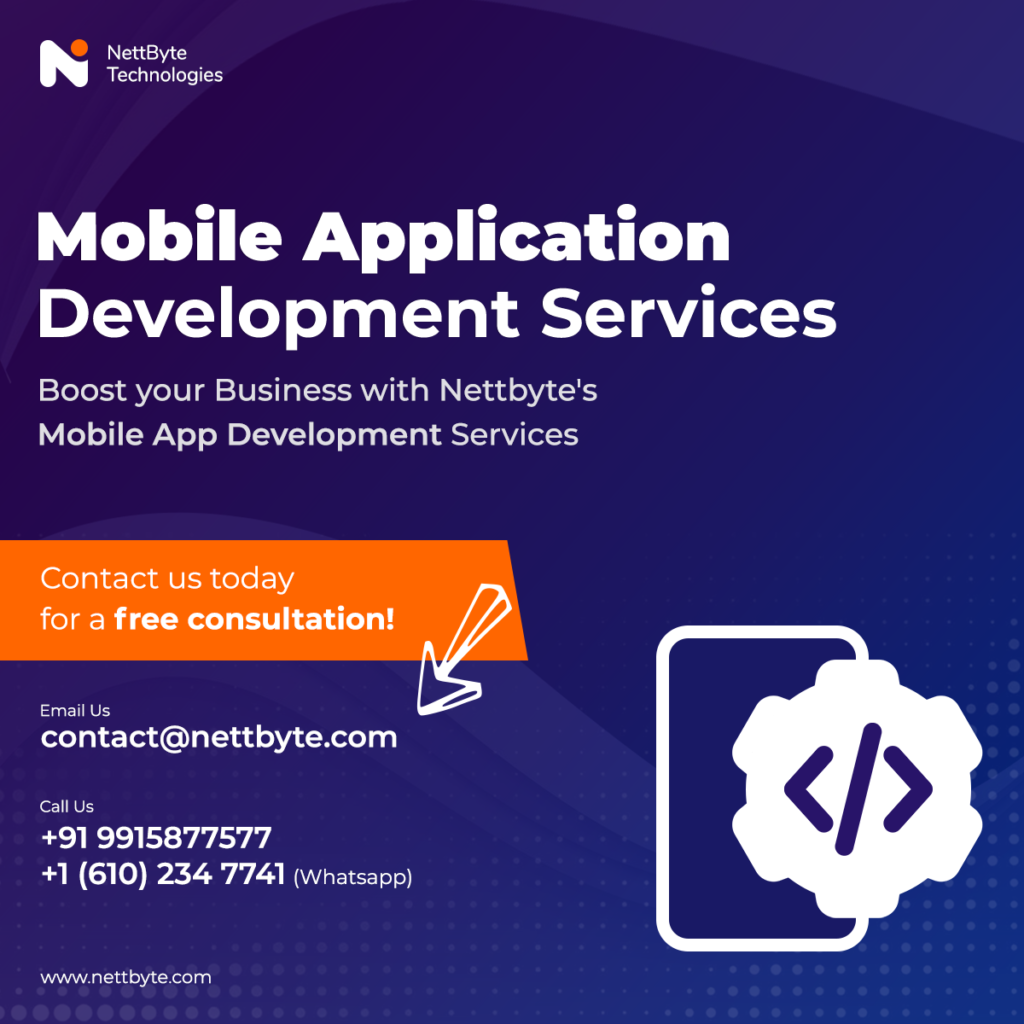ChatGPT is a language model developed by OpenAI that uses natural language processing (NLP) and machine learning algorithms to generate human-like responses to user inputs. The name “GPT” stands for “Generative Pre-trained Transformer,” which refers to the model’s ability to generate text based on the patterns it has learned from a large corpus of training data.
The ChatGPT model has become popular for its ability to simulate human-like conversations and provide users with relevant information and insights. Users can interact with the model by typing in questions or statements, and ChatGPT will respond with a text-based answer that is intended to be both informative and engaging.
People Behind ChatGPT
The development of ChatGPT was led by a team of researchers and engineers at OpenAI, including Sam Altman, Greg Brockman, and Ilya Sutskever. These individuals have extensive experience in the fields of machine learning, artificial intelligence, and natural language processing, and have played a critical role in advancing the state of the art in these areas.
In addition to the core development team, ChatGPT also benefits from the contributions of a large community of developers, researchers, and enthusiasts who are working to improve the model and explore its potential applications.
Custom Software Development
Take Over Developer Jobs by ChatGPT
While ChatGPT was not designed to replace human developers, there are certain tasks and applications where the model can be useful in streamlining development processes and improving efficiency. For example, ChatGPT can be used to automatically generate code snippets or provide suggestions for optimizing code, which can help developers save time and reduce the risk of errors.
In addition, ChatGPT can also be used to assist with project management and communication, allowing developers to collaborate more effectively and stay on top of project deadlines and milestones. By taking on some of these more routine tasks, ChatGPT can help developers focus on more complex and creative work, ultimately improving the quality and impact of their projects.
However, it’s important to note that ChatGPT is still a machine learning model, and there are certain tasks that it may not be well-suited for. Developers should always use their judgement and experience to determine when and how to incorporate ChatGPT into their workflows, and should be prepared to adapt and refine their approach over time as the technology continues to evolve.
In conclusion, ChatGPT is a powerful tool for generating human-like responses to user inputs, and has the potential to play a valuable role in the development process. While it may not be able to replace human developers entirely, it can certainly help streamline certain tasks and improve efficiency, allowing developers to focus on more complex and creative work. As the technology continues to evolve, it will be exciting to see how ChatGPT and other language models are used to advance the field of software development and beyond.







